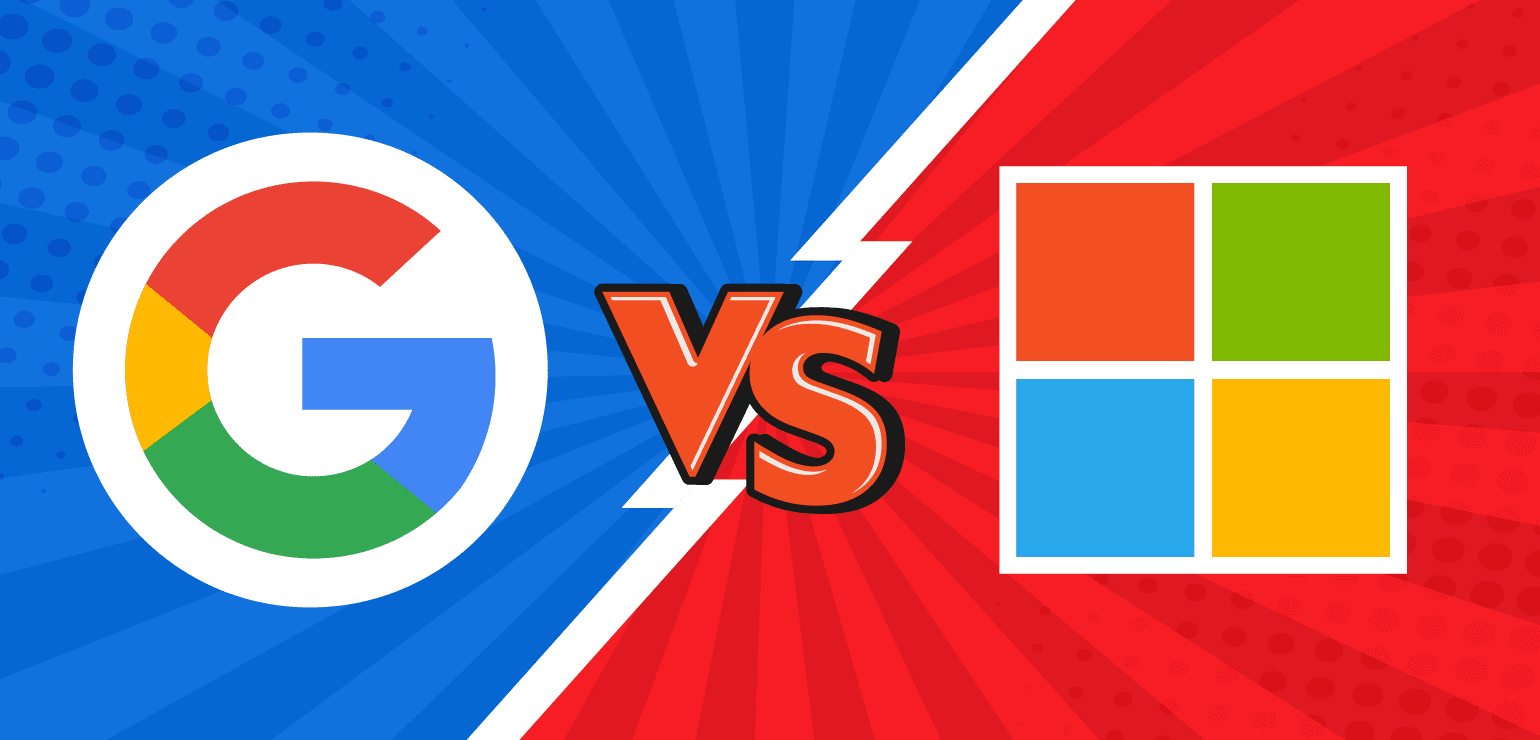Social media marketing for eCommerce businesses – six steps for success
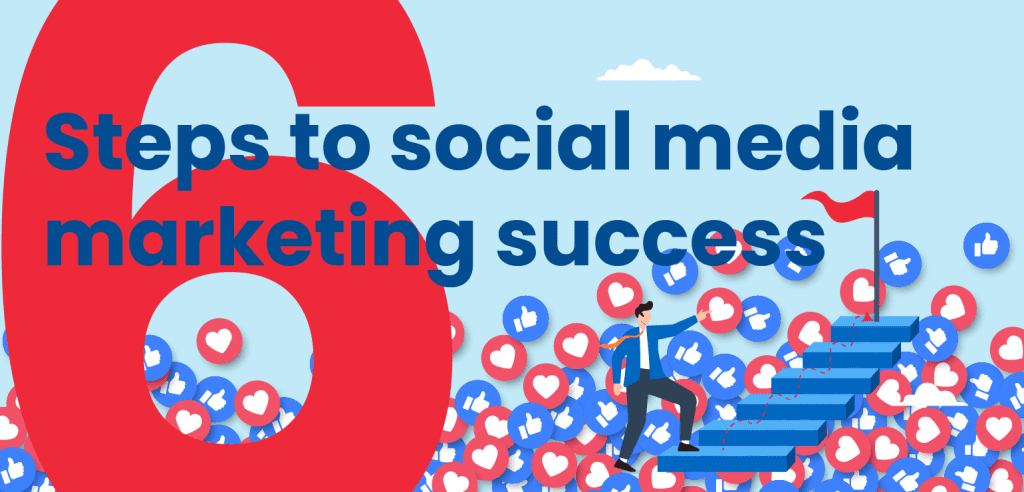
Article topics
- Understand the end game
- Decide which social networks you’ll use
- Plan your social media strategy
- Optimise your accounts
- Plan and schedule your content
- Monitor your results
A strong social media presence is a must for any eCommerce business. It helps put your store in front of prospective buyers, lets you showcase brand-new products, and lets you engage with your most loyal shoppers.
However, it’s essential to go in with a plan of action. Otherwise, there’s the risk that your social media marketing won’t help you achieve your goals.
Putting together a solid strategy is a lot easier than you might think. Here is our six-step guide to planning, implementing, and monitoring social media marketing that helps your eCommerce store to thrive.
Looking for a guide to eCommerce SEO instead? Check out this article!
1. Understand the end game
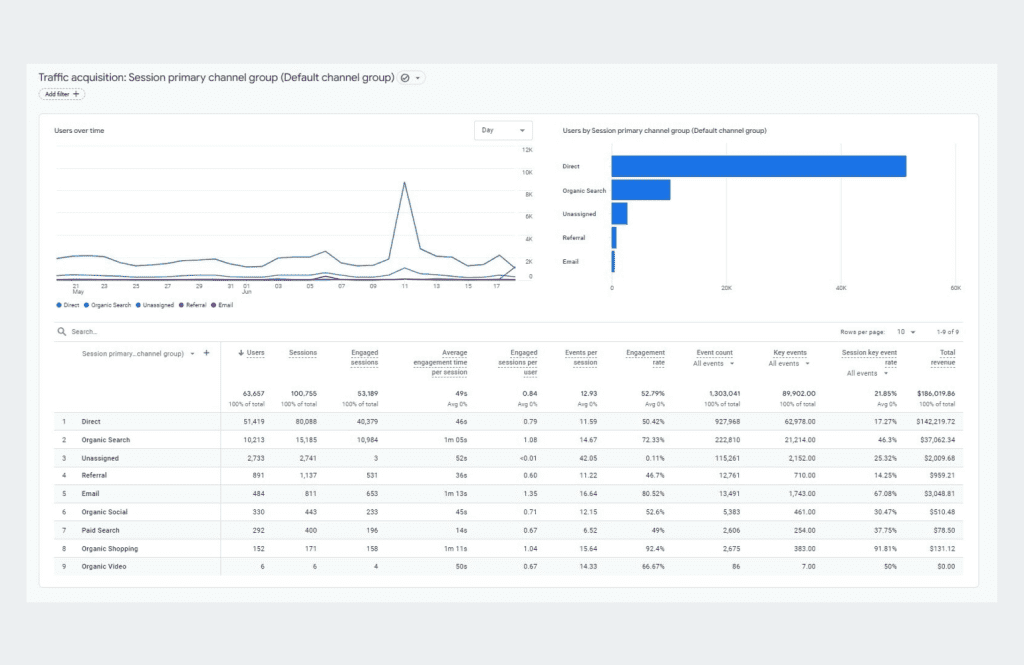
Before you start posting on social media, it’s important to understand what you want to accomplish. This means that every post you make, every comment you respond to, and every account you follow will put you one step closer to achieving your goals.
Your goal could be to:
- Drive traffic to your website
- Sell more products online (either on your website or directly through social media)
- Establish yourself as a voice of authority in your industry
- Encourage people to sign up for your newsletter or mailing list
- Get people to sign up for your affiliate programme
- Generate positive press coverage and brand mentions
When you have a goal in mind, think of a key performance indicator (KPI) you can track to see if you’re on the right track to achieving your goal. For example, if your goal is to sell more products, you may choose to monitor revenue or number of sales.
2. Decide which social networks you’ll use
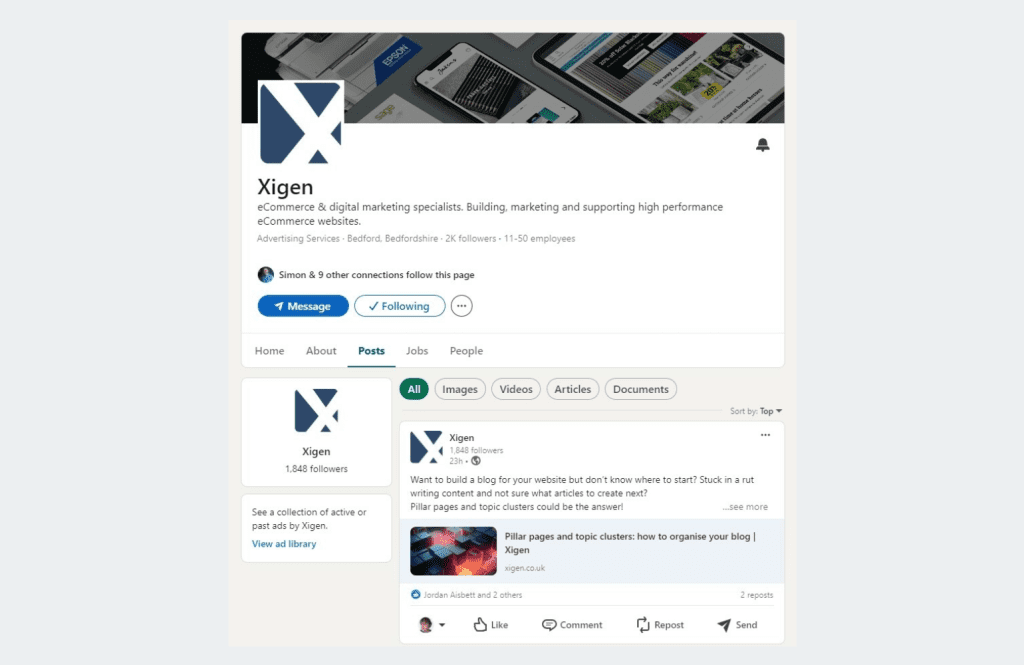
There are a lot of different social media platforms out there, and it’s only natural that you’ll want to establish a presence on all of them. However, unless you have a large, dedicated in-house marketing team, you can spread yourself too thin.
In our experience, it’s best to start on one or two social media platforms, as this means you can create high-quality content and engage with as many people as possible.
Here’s what to consider when choosing which social media network (or networks) to get started on:
- Who is your target audience? Different social networks appeal to different demographics. For example, TikTok and Snapchat appeal to younger audiences, while LinkedIn is best for B2B businesses
- What is your ultimate goal? For example, if you want to share blogs to show your trustworthiness and authoritativeness, you might opt for a platform like LinkedIn or Pinterest. It might be that you have different goals for different social networks. For example, you might want to use platforms like TikTok and Instagram to sell your products and Facebook to build an online community.
- What features do you need? For example, some platforms (like Instagram and TikTok) offer social shopping functionality, where people can buy directly through your social media profile
- Where do your competitors post? This can give you a good steer as to which platforms to prioritise and which to avoid
Even if you don’t post on all social media networks, it’s still essential to carry out social listening on as many of them as possible. This means you don’t miss out on anything people say about your brand.
3. Plan your social media strategy
Once you have a goal and know which platforms you want to focus on, it’s time to create your social media strategy. This is a document that will help you understand what type of content to post and how you’ll promote your accounts.
A strategy is especially useful if multiple people manage your social media accounts, as it helps you stay consistent.
Here’s what to bear in mind when putting your social media strategy together.
What types of posts will you publish?
It’s important to consider a balance of different post types to keep followers engaged. Examples of posts you can promote on your accounts include:
- Behind-the-scenes information, exclusive to followers
- User generated content (UGC)
- Information about products
- Funny memes
- Videos and live streams
- Customer reviews, testimonials, and case studies
- Polls, quizzes, and social media competitions
We recommend following the 80/20 rule on social media. This means 80% of your posts should provide value to followers, and 20% should be promotional. Doing this keeps your audience engaged and means you don’t appear too salesy.
What is your budget?
While you can post on most platforms for free, you might want to have a budget for influencer marketing, advertising, or content creation or scheduling tools.
According to Statista, about 20% of marketing budgets are devoted to social media.
How often will you post?
While you don’t want to drown your followers with content, you want to post enough to regularly appear in their feeds.
The ideal cadence depends on the social network you use and the posts you publish.
Remember that what works for others in your industry might not work for you, so you might need to engage in some trial and error!
Will you use influencer marketing?
Influencer marketing can be a powerful way to promote your business to new audiences.
However, it’s critical to be aware of what you and the influencers you work with can and can’t say.
Will you use paid social ads?
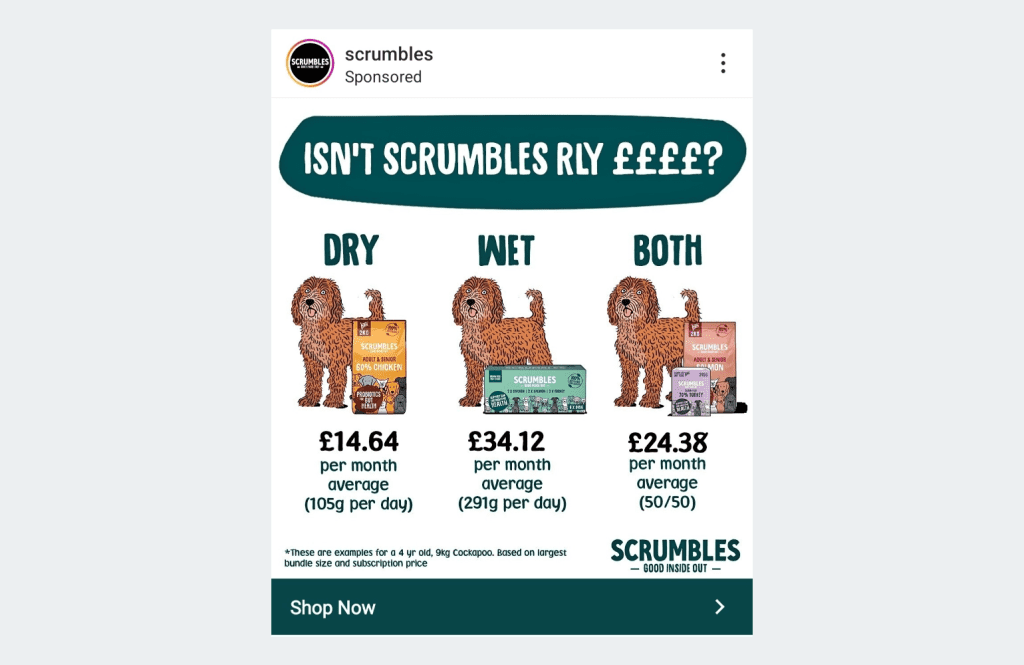
Paid social ads are useful as they put your eCommerce brand in front of prospective customers who might not have heard of you.
You can also use retargeting ads to encourage people who have visited your site to make a purchase.
Where will you promote your social media platforms?
For example, on your website, email signatures, or the promotional materials you send out with your products.
Some social media platforms, like Facebook and YouTube, will also let you promote your other social media profiles on them.
What imagery and wording will you use on your social media posts?
A style guide is essential for determining your brand colours and tone of voice.
Come back to your social media strategy regularly and make changes based on what you learn!
4. Optimise your accounts
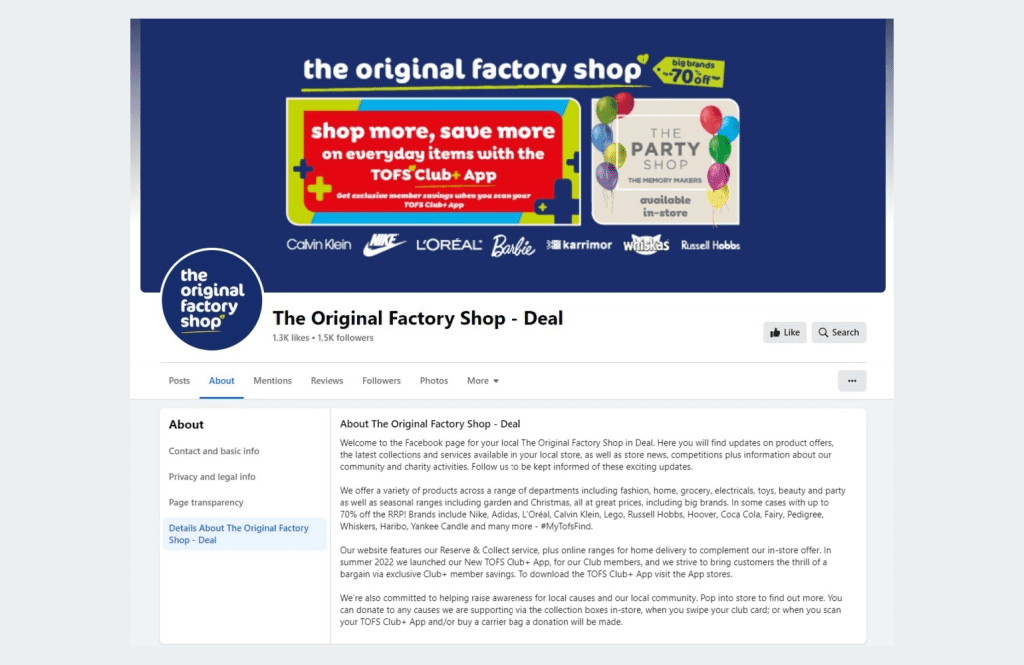
Once you’ve set your accounts up, it’s vital to optimise your profiles with as much information as possible. This helps visitors understand what you do and how you want them to take action.
While not all social media platforms let you add the same information, here are some ideas to get you started:
- Choose an account name that best represents your business and includes your brand name. If you can, try to use the same name across multiple platforms for consistency
- Upload a high-quality profile picture – this should be your eCommerce store logo. Use the same image across all your platforms
- Some social media platforms allow you to upload a header image. This is an excellent opportunity to promote your latest products, sales, and initiatives
- If you’re a locally-based business, include your address. This can help people in the nearby area find you. Some platforms (for example, Facebook) also accept reviews if you add an address
- Create a detailed bio that explains who you are, what you sell, and how you can help your customers. Imagine that you’ve never heard of your business before – could you understand what you do from your bio alone?
- Using the right keywords in your social media profiles can help with SEO, both on the search engines and within your social media platforms. Use relevant keywords in your profile to increase the chances of prospective customers finding out
- If you anticipate people will use your social media platform to ask questions, specify when you will be available to respond. 69% of people expect a response on social media within 24 hours, so this can help you manage expectations
- Some platforms offer verification, either for free or for a cost. Verification can make your account seem more trustworthy and protect you from impersonation, but it’s not always essential
- Choose the right accounts to follow. This could be influencers you want to work with, celebrities that are involved in your industry, or businesses in an adjacent niche
Some social media platforms let you link to multiple websites in your profile. If you can only link to one, it’s worth pointing this link to a mini-site which allows you to signpost visitors to multiple resources.

You can use platforms like LinkTree or LinkinBio to create a mini-site or alternatively, build your own on your website.
5. Plan and schedule your content
In your strategy, you’ll have determined the type of content you want to publish and how often you’ll post.
While some of the content you post will be ad hoc (for example, if you want to respond to a real-life event), you can schedule most of your content in advance. This will make life a lot easier for your marketing team!
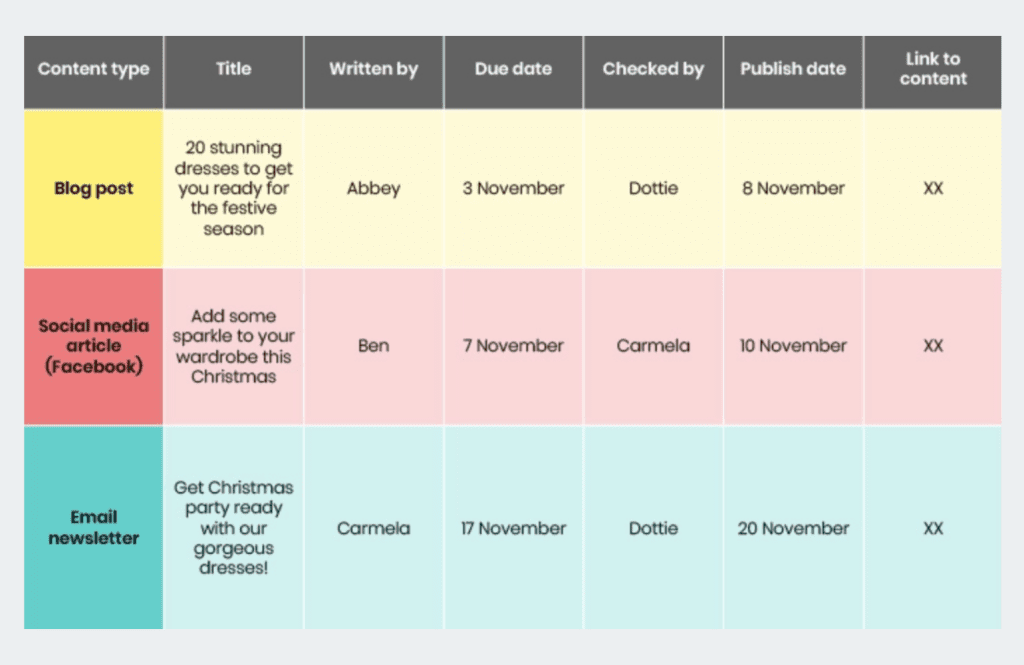
A content calendar makes it easy to identify what you’ll post on which platform and when. You can also use your calendar to determine which tasks you need to carry out behind the scenes. For example, who will create the imagery for the social media post and who will write the copy.
You can use tools like Buffer or Hootsuite to schedule your posts. Some platforms also allow you to schedule posts but there might be limitations in place. For example, LinkedIn does not let you edit scheduled posts.
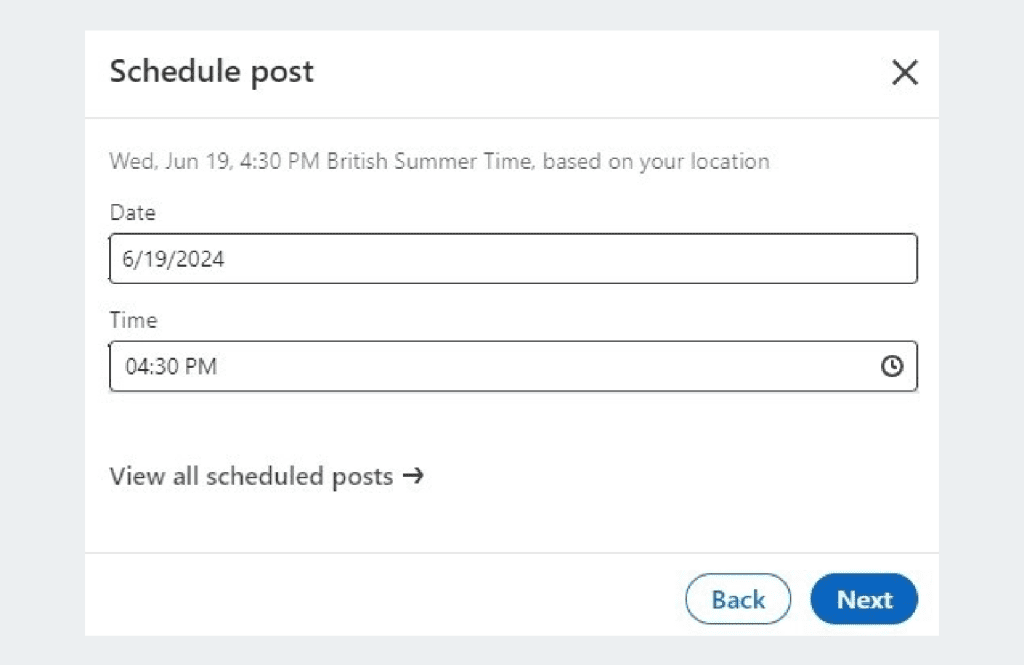
Don’t forget to make your content accessible. You can do this by adding alt text to images and captions to videos. 75% of people keep their phones on mute when watching videos, so adding captions can benefit everyone.
6. Monitor your results
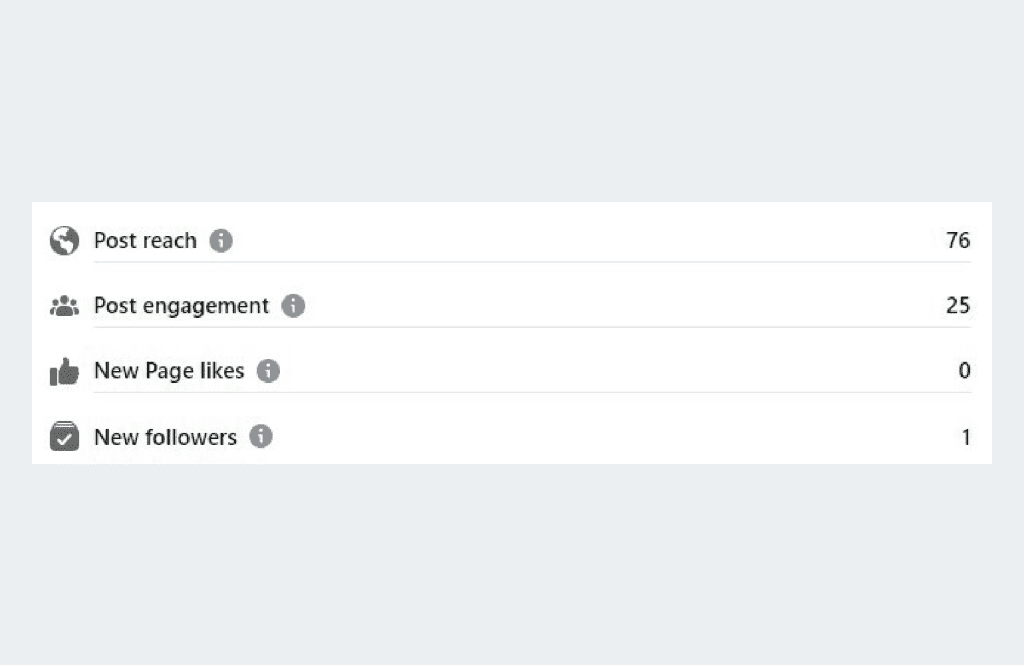
Your social media strategy needs to constantly grow, improve, and evolve. Monitoring your growth lets you see what works and where you need to go back to the drawing board.
In stage one, you’ll have identified a goal and a KPI to help you monitor that goal. It’s important to measure that KPI regularly to see how you’re progressing. We recommend checking your KPI at least once a month.
As well as your KPI, there are other valuable metrics that can help you identify how your social media accounts are doing. These include:
- Engagement rate. How many people comment or share your content
- Click-through rate. How many people click on the links in your posts
- Brand mentions. How many people are talking about your brand away from your social media accounts
- Conversions. How many people on social media carry out a specific action. This can be signing up to your newsletter or making a purchase
While you might be tempted to measure metrics like followers, likes, and subscribes, these don’t help you see if you’re achieving your goals. For example, you might have lots of followers but no engagement on your posts at all.
As well as looking at the metrics, also pay attention to comments from your followers. What posts do they love, which posts are they not keen on, and which posts do they want to see you create?
Getting started on social media can feel daunting. Planning ahead gives you a clear steer and helps you understand what you need to do to achieve your goals.
Need help developing an eCommerce site that drives revenue and keeps shoppers engaged? We’re here to help. Get in touch, and let’s work together to get your online store seen by the right people.
The information in this article is accurate as of June 2024.


 Back
Back
